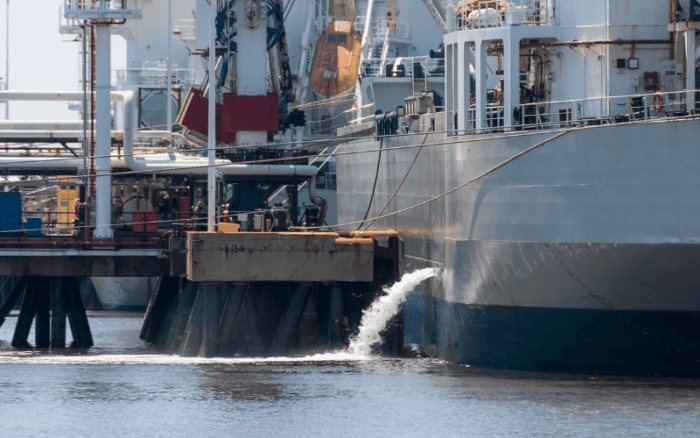Ballast water management systems are essential for controlling the transfer of aquatic organisms and pathogens through ship ballast water. These systems treat ballast water to remove or kill harmful marine organisms and pathogens before they can be discharged into new environments. This helps in preventing ecological damage, the spread of invasive species, and the disruption of local ecosystems.
How Ballast Water Management Systems Work
The process generally involves the intake of ballast water from a particular source, treating it onboard the vessel, and then discharging it at the destination. Treatment methods can include filtration, ultraviolet light, chemical treatment, or a combination of these technologies to ensure the ballast water meets the required standards for discharge.

Types of Ballast Water Management Systems
- Filtration Systems: These systems use physical barriers to remove larger organisms and particles from ballast water.
- Ultraviolet (UV) Treatment: UV systems use ultraviolet light to disinfect ballast water by inactivating the DNA of microorganisms.
- Chemical Treatment: Chemical methods involve the addition of biocides or other chemicals to kill organisms in the ballast water.
- Electrochlorination: This process generates chlorine on board the vessel to disinfect the ballast water.


